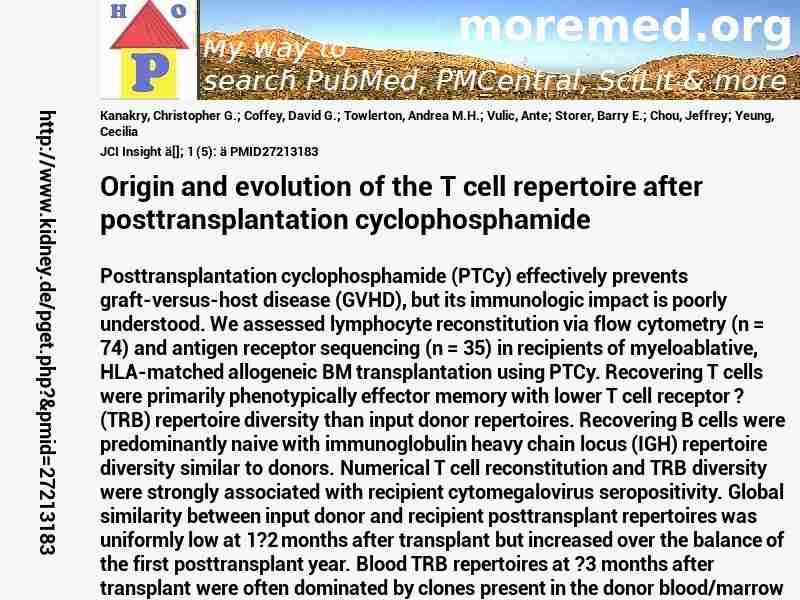10.1172/jci.insight.86252
http://scihub22266oqcxt.onion/10.1172/jci.insight.86252

C4874509!4874509!27213183
 free free
 free free
 free free
|  
Deprecated: Implicit conversion from float 229.6 to int loses precision in C:\Inetpub\vhosts\kidney.de\httpdocs\pget.php on line 534
Deprecated: Implicit conversion from float 229.6 to int loses precision in C:\Inetpub\vhosts\kidney.de\httpdocs\pget.php on line 534
 JCI+Insight ä ; 1 (5): ä JCI+Insight ä ; 1 (5): ä
Nephropedia Template TP
gab.com Text
Twit Text FOAVip
Twit Text #
English Wikipedia
|

 free
free free
free free
free